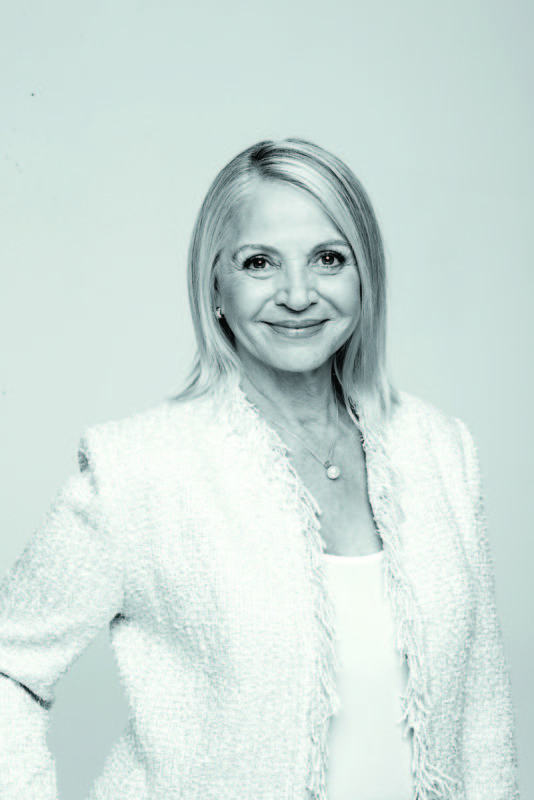Ex-Cosmo editors Ingram, Freedman, McCahon and Wilson reflect on their time at the helm
This week Bauer Media axed one of Australia’s most iconic magazine titles, Cosmopolitan. Here, former Cosmopolitan editors Pat Ingram, Mia Freedman, Bronwyn McCahon and Sarah Wilson reflect on the title and its impact on Australian society.
Pat Ingram, Cosmo editor from 1988 to 1996, now editorial director at Fairfax Media’s Sunday Life
What led you to your role as editor of Cosmopolitan?
Cosmopolitan played a pivotal role in my career since it was launched by Fairfax, where I was working at the time on Woman’s Day. My first role was as deputy editor but when the Fairfax magazines were bought by ACP I was appointed editor (for the next 12 years) then, as my career progressed, I was its editorial director and finally publishing director.


